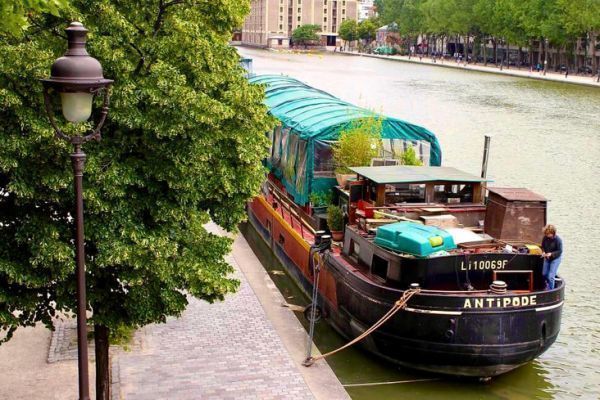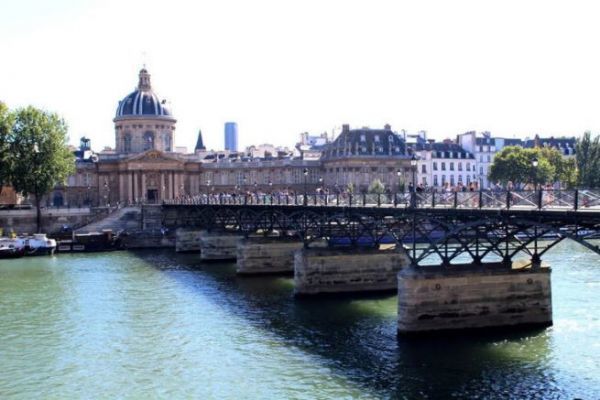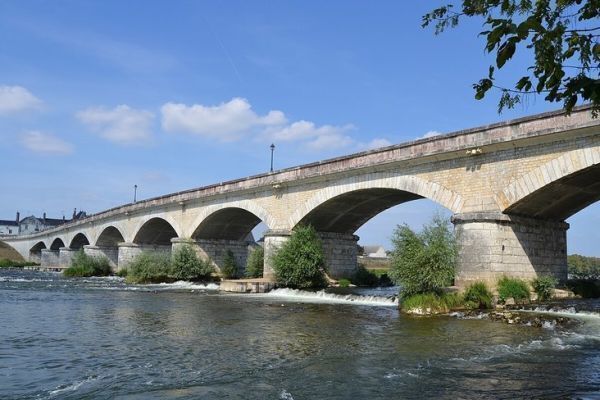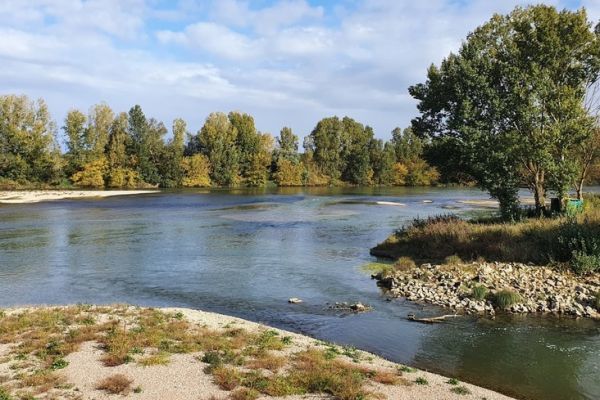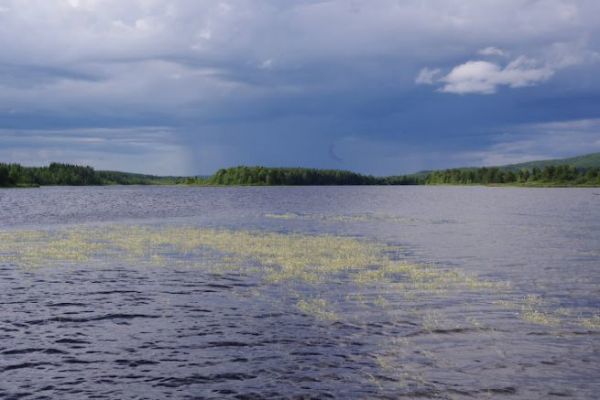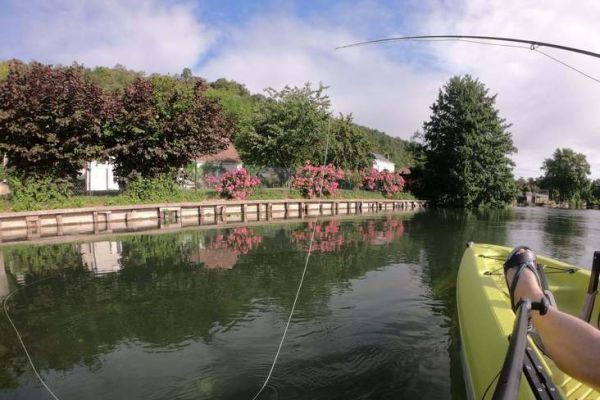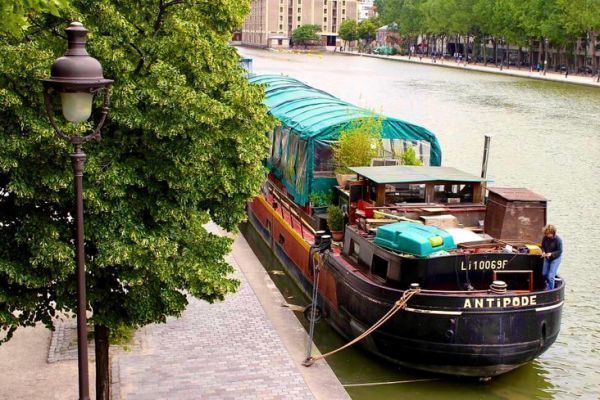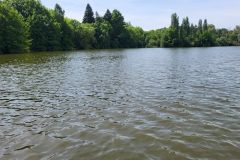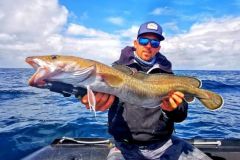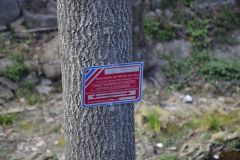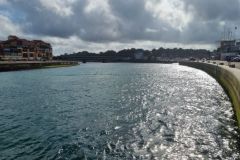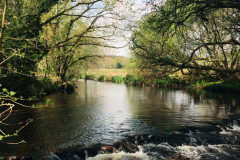Low luminosity
The first interesting point about moored barges is that they offer fish in general and predators in particular an area sheltered from the light and view of walkers. This obscurity and visual protection is a necessary source of tranquillity for predators. Moreover, when you consider the importance of light for pike-perch and catfish holding positions, it's easy to understand why they are frequently encountered on this type of spot.
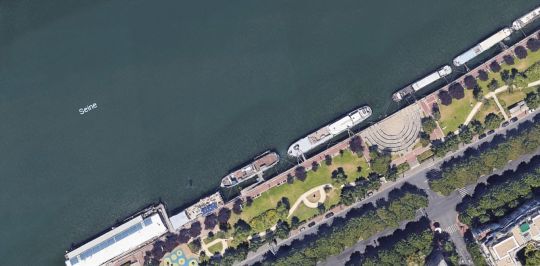
Thermal comfort
By protecting the surface of the water from the sun's rays and providing a shaded area, barges enable fish to find a cooler zone, which is essential during the summer months.
In mid-winter, on the other hand, inhabited barges have the effect of warming the water in the vicinity, and also provide important thermal comfort for the fish population.
Food intake
The fact that houseboats are inhabited means that fish are concentrated in their vicinity for reasons other than water temperature. Indeed, owners sometimes have the bad habit of throwing food scraps into the water, flushing their toilets down the river or decorating their terrace with flowers, causing various insects to fall to the water's surface. These floating dwellings are a regular source of food, attracting a large number of species.

Algae growth
Even if the hulls are regularly covered with antifouling to prevent the proliferation of algae, they still thrive. What's more, the anchor and the chain linking it to the barge often block debris drifting in the current, providing a zone of caching, but also the opportunity for a local food chain to develop, such as algae harboring larvae on which whitefish can feed.

Current deviations
Last but not least, barges create current detour on the surface of the water, channelling various drifting food sources. As a result, it's not unusual to see chub posted alongside these boats, waiting for an insect.
